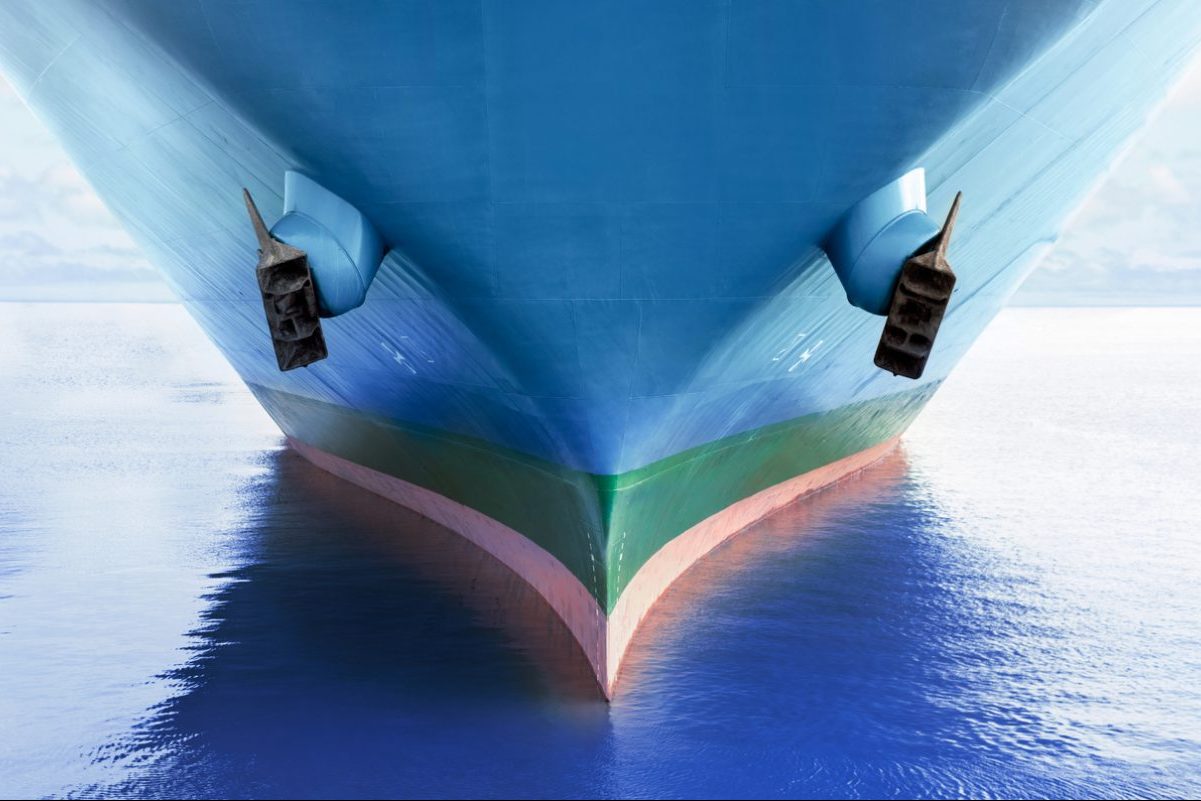Reduction of emissions by 80 percent planned by 2050. Quota for e-fuels from 2034.
The European Union wants to reduce greenhouse gas emissions from maritime transport by 80 percent until 2050. This was agreed on Thursday by negotiators from the EU states and the European Parliament. Interim targets set include reducing emissions by two percent until 2025, by six percent until 2030 and by 31 percent from 2040.
The regulation affects ships of 5,000 gross tons or more, which are responsible for 90 percent of maritime CO2 emissions, according to the EU Parliament, and applies to energy consumed in or between EU ports. If the port of departure or arrival is outside the EU or on its outermost edge, the reduction targets are to apply at 50 percent.
In addition, a quota for synthetic fuels will be introduced; from 2034, their share in shipping is to be at least two percent. However, the prerequisite is that the share of e-fuels in shipping is below one percent in 2030, the parliament said. If e-fuels are produced with renewable electricity, they are considered climate-neutral.
Maritime transport is increasing – partly due to rising demand for raw materials
In 2021, shipping contributed three to four percent of total CO2 emissions, according to EU figures. Although maritime transport declined in 2020 due to the Corona pandemic, the sector is expected to grow overall, fueled by rising demand for raw materials as well as container transport.
Critics see too many loopholes
Jörgen Warborn of the European People’s Party praised the agreement as “the world’s most ambitious way to decarbonize maritime transport.” The sector would be guaranteed long-term rules and predictability to dare to invest, he said. Green MEP Rasmus Andresen, who was involved in the negotiations, however, criticized the “very far-reaching exceptions,” such as for island traffic and smaller ships, according to Tagesschau.
Photo: iStock/Denys Yelmanov


